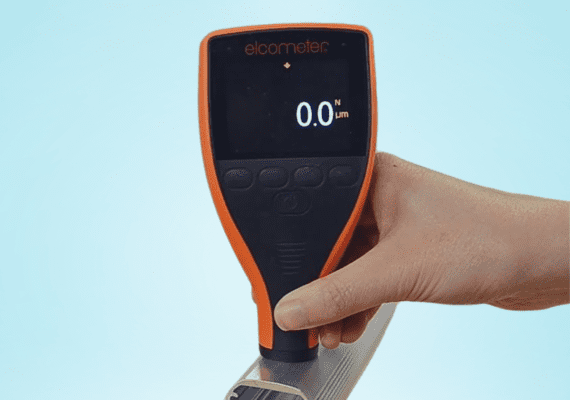
Coating thickness directly affects the performance of the coated material. An overly thick coating can lead to cracking or peeling, while a thin coating might not provide adequate protection against environmental factors such as corrosion, UV exposure, or chemical attack. Therefore, accurately measuring the film thickness ensures compliance with product specifications and helps maintain the longevity and aesthetic quality of the product.
ASTM D6988 outlines the standard practice for determining the thickness of coatings applied to plastics. This method is particularly useful for measuring coatings such as paints, varnishes, and other protective films on plastic substrates. ASTM D6988 helps ensure consistency and reliability in coating thickness measurement, which is vital for industries like automotive, aerospace, consumer goods, and packaging.
Selection of Measuring Device: The first step involves choosing the appropriate measuring device. ASTM D6988 recommends using non-destructive testing methods such as magnetic, eddy current, or ultrasonic gauges. The selection depends on factors like the coating material, thickness range, and substrate properties.
Calibration: Before taking measurements, the device must be calibrated according to the manufacturer’s instructions. Calibration ensures that the device provides accurate readings for the specific coating and substrate combination.
Measurement Process: The film thickness is measured at various points on the coated sample. ASTM D6988 emphasizes taking multiple readings to account for surface irregularities and variations in coating application. The standard provides guidelines on the number and distribution of measurements to obtain a representative average thickness.
Data Interpretation: The individual thickness readings are averaged to determine the overall film thickness. ASTM D6988 specifies the acceptable range of variation in thickness for specific applications, ensuring that the coating meets the required performance standards.
Reporting: The test results, including the average thickness, range of measurements, and any anomalies, should be documented according to ASTM D6988 guidelines. This documentation is essential for quality control, compliance verification, and future reference.
